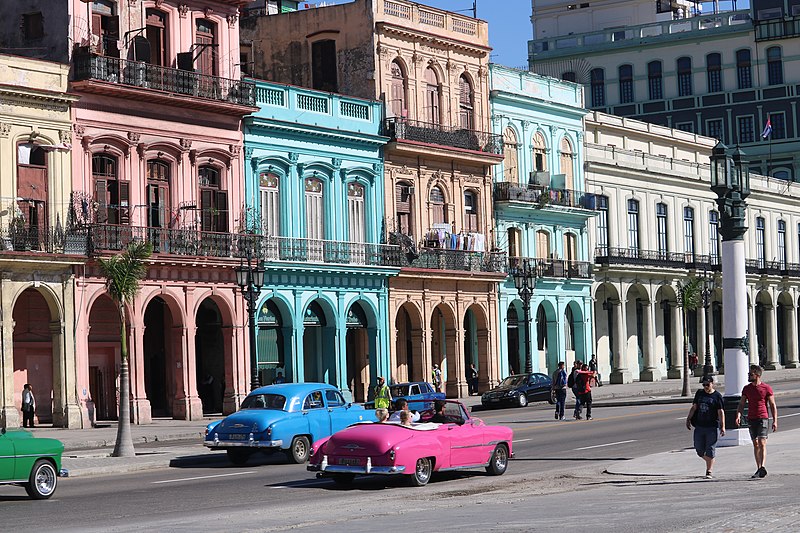Hello ladies and gents this is the Viking telling you that today we are talking about
ARCHITECTURE CUBAN STYLE
Architecture of Cuba refers to the buildings, structures and architectural history throughout the Caribbean island nation of Cuba. The unique mix of cultural and artistic influences throughout history have led to Cuba being renowned for its eclectic and diverse architecture, which can be defined as a unique fusion of numerous well-studied architectural styles from around the world.
After being circumnavigated by navigator Sebastian de Ocampo in 1508, Cuba was settled by the Spanish in 1511. Being ruled by Spain for more than 400 years following this, Cuban architecture is therefore deeply reflective of this colonial period.
Various historical events throughout this time, such as trade liberalisation due to major trade reforms in 1778 and 1791 as well as an increase in immigration, contributed to further structural and artistic influences. This includes the seamless fusion of both Neoclassical and Baroque architectural styles into Cuban design.
Following the colonial period, Cuba continued to see diverse architectural pursuits into the 20th century. This was mainly due to increased funding into architectural projects because of national prosperity from high sugar exports during World War I. The Art Deco period is also a notable reference point for Cuban architecture prior to the turn of the century.
In modern times, Cuban architecture is continually celebrated by historians and tourists alike. Contemporary issues such as privatisation and how architecture itself is viewed as a profession in Latin America are both relevant topics when considering the future of Cuban architecture.
And as always have a chilled day from the Viking.

Comments
Post a Comment